Home>Garden Essentials>Where Were Hybrid Seeds Invented
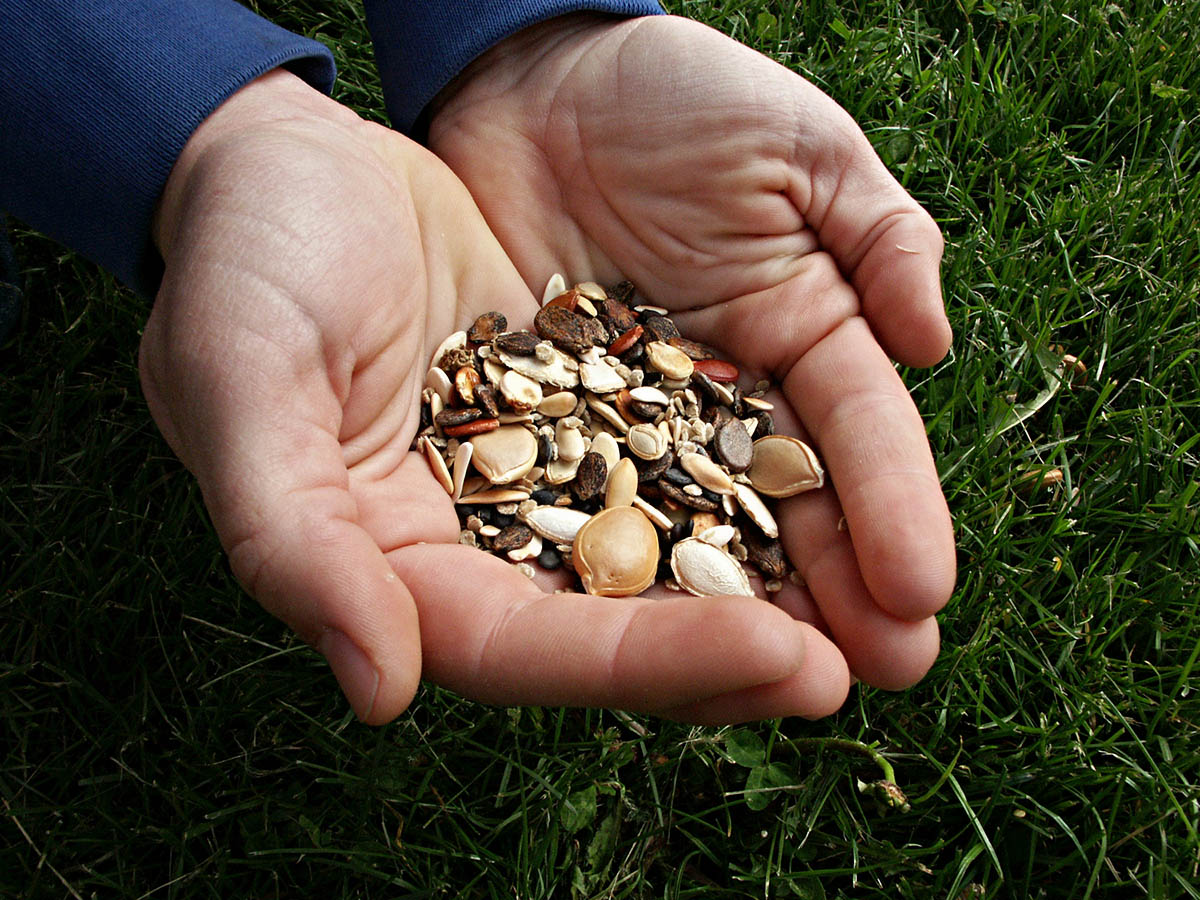

Garden Essentials
Where Were Hybrid Seeds Invented
Modified: March 15, 2024
Discover the origin of hybrid seeds in gardening. Learn where these innovative seeds were first invented and how they revolutionized the garden industry.
(Many of the links in this article redirect to a specific reviewed product. Your purchase of these products through affiliate links helps to generate commission for Storables.com, at no extra cost. Learn more)
Introduction
Welcome to the world of gardening! Whether you’re a seasoned gardener or just starting out, you’re probably familiar with the concept of seeds. Seeds are the tiny powerhouses that hold the potential for life, growth, and abundance. They are the foundation of any garden and have been cultivated for centuries to ensure bountiful harvests.
But have you ever wondered about the origins of the seeds you use in your garden? Specifically, where were hybrid seeds invented? Hybrid seeds have become increasingly popular in modern gardening practices due to their numerous benefits, including disease resistance, higher yields, and improved qualities.
In this article, we’ll explore the fascinating history of hybrid seeds, from their humble beginnings to their widespread use in agriculture today. So sit back, relax, and join us on a journey through time as we uncover the secrets of hybrid seed innovation.
Key Takeaways:
- Hybrid seeds, invented thousands of years ago, revolutionized agriculture by creating stronger, disease-resistant plants with higher yields, ensuring food security and environmental sustainability.
- Pioneers like Gregor Mendel and Luther Burbank paved the way for hybrid seed innovations, leading to increased crop productivity, reduced pesticide use, and a more resilient agricultural system.
Read more: Where Were Pillows Invented
The Origins of Hybrid Seeds
The concept of hybrid seeds dates back thousands of years, with evidence of their use in ancient civilizations such as the Aztecs and the Greeks. However, it wasn’t until the 18th and 19th centuries that scientific understanding of hybridization began to emerge.
Hybridization is the process of crossing two distinct parent plants to create offspring with desirable traits from both parents. This can involve crossing plants within the same species or even between different species. The goal is to create hybrids that exhibit beneficial characteristics like disease resistance, improved yield, or better flavor.
One of the earliest recorded instances of deliberate hybridization took place in ancient China around 4,000 years ago. Farmers discovered that crossbreeding different varieties of rice resulted in plants with superior traits, such as higher productivity and resistance to pests. This practice eventually spread to other parts of Asia, Europe, and the Americas.
Fast forward to the 19th century, where a few pioneering individuals made significant contributions to the field of hybrid seed development. One such figure is Gregor Mendel, an Augustinian monk and scientist credited as the father of modern genetics. Through his meticulous experiments with pea plants, Mendel established the fundamental laws of inheritance and laid the groundwork for future advancements in hybridization.
Another noteworthy figure is Charles Darwin, whose groundbreaking theory of natural selection greatly influenced the understanding of plant breeding. Darwin’s work emphasized the importance of genetic diversity and the potential benefits of crossbreeding to create more resilient and adaptable plant species.
During this time, there was also a growing recognition of the concept of “hybrid vigor,” also known as heterosis. Hybrid vigor refers to the phenomenon in which the offspring of two genetically diverse parents exhibit greater vitality and health than either of the parents. This discovery further fueled the interest in hybrid seed development.
With the advancements in scientific knowledge and a better understanding of genetics, hybrid seed production became more deliberate and systematic in the early 20th century. Plant breeders started using controlled cross-pollination techniques to ensure successful hybridization and carefully selecting the best plants to continue the breeding process.
Today, hybrid seeds continue to be developed and refined, combining the best traits of different varieties to create plants that are stronger, more productive, and better adapted to various environmental conditions. They have revolutionized modern agriculture by providing farmers with crops that can withstand diseases, pests, and adverse weather events, ultimately leading to improved food security and sustainability.
Early Pioneers in Hybrid Seed Development
As the understanding of hybridization grew in the 19th century, several individuals made significant contributions to the field of hybrid seed development. These early pioneers laid the foundation for modern plant breeding techniques and paved the way for the widespread use of hybrid seeds in agriculture.
One such pioneer was Thomas Andrew Knight, an English horticulturist and botanist who conducted extensive experiments in plant hybridization. Knight’s work focused on improving fruit trees, particularly apples and pears. He successfully cross-pollinated different varieties to create hybrids with improved flavor, size, and disease resistance. Knight’s experiments and observations greatly influenced the development of hybridization techniques that are still used today.
Another key figure in early hybrid seed development was Louis-Victor de Vilmorin, a French horticulturist and seed merchant. Vilmorin recognized the economic and agricultural potential of hybrid seeds and established one of the first commercial seed companies in the 18th century. He encouraged the systematic selection and crossbreeding of plants to create new and improved varieties, laying the groundwork for the commercialization of hybrid seeds.
Perhaps one of the most iconic figures in hybrid seed development is Luther Burbank. Born in 1849 in the United States, Burbank was a prolific plant breeder who introduced over 800 new varieties of fruits, vegetables, and flowers during his career. He made significant contributions to the field of hybridization, focusing on improving crop yields, disease resistance, and overall plant quality. Burbank’s work helped popularize the concept of hybrid seeds and demonstrated their potential for transforming agriculture.
In India, the renowned botanist M. S. Swaminathan played a crucial role in the development of hybrid seeds. Swaminathan’s research on wheat and rice varieties led to the introduction of high-yielding hybrid strains, known as the Green Revolution. These hybrid seeds greatly increased agricultural productivity and played a significant role in alleviating hunger and improving food security in India and other developing countries.
These early pioneers in hybrid seed development laid the foundation for modern plant breeding practices. Their dedication, passion, and scientific contributions advanced the field and set the stage for future innovations in hybrid seed production.
Hybrid seeds were first invented in the 1920s by scientists at the Connecticut Agricultural Experiment Station in the United States.
Hybrid Seed Innovations in the 20th Century
The 20th century witnessed significant advancements in hybrid seed development, fueled by ongoing research, technology, and agricultural practices. These innovations revolutionized the field and led to the widespread adoption of hybrid seeds in commercial agriculture.
One of the most significant breakthroughs in the 20th century was the development of maize hybrids. Maize, also known as corn, is a staple food crop in many parts of the world. Scientists and plant breeders focused on improving maize varieties through hybridization, leading to higher yields, better disease resistance, and desirable traits such as drought tolerance and improved nutritional content.
The work of George Washington Carver, an African-American scientist, was instrumental in developing hybrid varieties of peanuts that were resistant to diseases such as fungal infections. His efforts in agricultural research and innovation helped improve crop yields and the overall sustainability of peanut farming.
Another major development in the 20th century was the introduction of hybrid tomato varieties. Scientists and breeders focused on enhancing the size, flavor, and disease resistance of tomatoes through hybridization. This resulted in varieties that could be grown in different climates and had an extended shelf life, making them more suitable for commercial production and transportation.
The rise of biotechnology in the late 20th century further propelled hybrid seed innovations. Genetic engineering techniques allowed scientists to introduce specific traits into plant species, enabling the development of genetically modified (GM) hybrid seeds. GM hybrids offered increased resistance to pests, diseases, and herbicides, as well as improved tolerance to environmental stresses such as drought.
In addition to crop improvement, there were also advancements in hybrid flower breeding. Breeders focused on developing hybrid flower varieties with vibrant colors, unique shapes, and longer blooming periods. These hybrid flowers became popular among gardeners and florists alike, offering a wide range of options for landscaping and floral arrangements.
The development of hybrid seeds in the 20th century had a profound impact on agriculture, increasing crop yields, improving nutritional content, and reducing dependence on chemical pesticides. Hybrid varieties became essential tools for farmers worldwide, enabling them to meet the growing demands for food production.
Today, hybrid seed companies continue to invest in research and development to create new and improved hybrid varieties. The integration of cutting-edge technologies such as genomic selection, marker-assisted breeding, and precision agriculture holds tremendous potential for further advancements in hybrid seed production.
Impact of Hybrid Seeds on Agriculture
The introduction and widespread adoption of hybrid seeds have had a transformative impact on agriculture. These innovative seeds have revolutionized farming practices and significantly improved crop yields, quality, and overall agricultural productivity. Let’s explore the key impacts of hybrid seeds on agriculture.
1. Increased Yields: Hybrid seeds are bred to have higher yields compared to traditional open-pollinated varieties. By crossing specific parent plants with desirable traits, breeders create hybrid offspring that exhibit superior productivity. This increased yield potential ensures a more efficient use of land, water, and other resources, ultimately leading to enhanced food production.
2. Disease and Pest Resistance: Hybrid seeds are developed with a focus on disease and pest resistance. Through strategic breeding, breeders incorporate genetic traits that confer heightened resistance against common plant diseases and pests. This reduces the need for chemical pesticides, resulting in not just healthier crops but also reducing the environmental impact associated with pesticide use.
3. Environmental Sustainability: Hybrid seeds play a pivotal role in promoting sustainable agriculture. By reducing reliance on chemical inputs and GMO crops, hybrid seeds contribute to a more balanced and environmentally friendly farming system. They enable farmers to produce larger yields using fewer resources, fostering conservation of land, water, and energy.
4. Crop Uniformity: Hybrid seeds offer improved uniformity in crop growth, size, and quality. This consistency allows for efficient mechanization, simplifies harvesting, and facilitates the processing and marketing of agricultural products. Uniformity in crop characteristics also enables better planning and management of agricultural operations.
5. Adaptability: Hybrid seeds are developed to thrive in specific environmental conditions, making them highly adaptable to different regions and climates. By combining the genetic traits of different parent plants, breeders create hybrids that are more tolerant to extreme weather events, such as drought or heat. This helps farmers overcome challenges associated with climatic variability and ensures a more reliable crop production.
6. Food Security and Economics: The widespread use of hybrid seeds has significantly enhanced global food security. Higher crop yields and improved resistance to diseases and pests mean a greater availability of nutritious food for the growing population. Moreover, the introduction of hybrid seeds has allowed farmers to increase their income through higher crop sales due to increased productivity.
7. Genetic Diversity Preservation: While hybrid seeds may be crossbred, efforts are made to ensure the conservation of genetic diversity. Many seed companies and organizations actively promote the preservation of heirloom and open-pollinated varieties alongside hybrid seeds. This helps maintain a diverse genetic pool for future plant breeding and ensures the long-term sustainability of agriculture.
The impact of hybrid seeds on agriculture is undeniable. These innovative seeds have transformed the way we cultivate crops, improving productivity, sustainability, and food security. As technology and research continue to advance, hybrid seeds will continue to play a critical role in meeting the global demand for food while promoting sustainable and environmentally conscious farming practices.
Read more: Where Was Seed Drill Invented
Conclusion
Hybrid seeds have undoubtedly revolutionized the world of agriculture. From their humble origins in ancient civilizations to the innovations of modern-day plant breeders, hybrid seeds have proven to be a game-changer in terms of crop productivity, quality, and sustainability.
Throughout history, pioneering individuals such as Gregor Mendel, Charles Darwin, Luther Burbank, and M. S. Swaminathan have paved the way for hybrid seed development. With their contributions and the advancements in scientific knowledge, hybridization techniques have become more sophisticated and targeted, leading to the creation of crops with improved yield, disease resistance, and adaptability to diverse environmental conditions.
The impact of hybrid seeds on agriculture is far-reaching. These innovative seeds have not only increased crop yields and improved food security but have also reduced reliance on chemical pesticides and promoted environmental sustainability. Hybrid seeds have allowed farmers to produce more with less, conserving resources and mitigating the negative environmental impacts associated with conventional agricultural practices.
Furthermore, hybrid seeds have played a vital role in preserving genetic diversity. While hybridization involves crossing different parent plants, efforts are made to safeguard heirloom and open-pollinated varieties, ensuring the preservation of a diverse genetic pool for future generations.
In conclusion, hybrid seeds have propelled agriculture to new heights, providing farmers with tools to meet the challenges of a rapidly growing population, changing climate conditions, and evolving consumer demands. The continuous advancements in hybrid seed development, coupled with emerging technologies, hold tremendous potential for further innovation and progress in the field.
As we navigate the future of agriculture, it is essential to recognize the importance of sustainable and responsible practices. Hybrid seeds have set the stage for a more efficient, resilient, and environmentally conscious agricultural system. By embracing these seeds and harnessing their potential, we can create a more sustainable future for food production while ensuring the well-being of our planet and its inhabitants.
Frequently Asked Questions about Where Were Hybrid Seeds Invented
Was this page helpful?
At Storables.com, we guarantee accurate and reliable information. Our content, validated by Expert Board Contributors, is crafted following stringent Editorial Policies. We're committed to providing you with well-researched, expert-backed insights for all your informational needs.
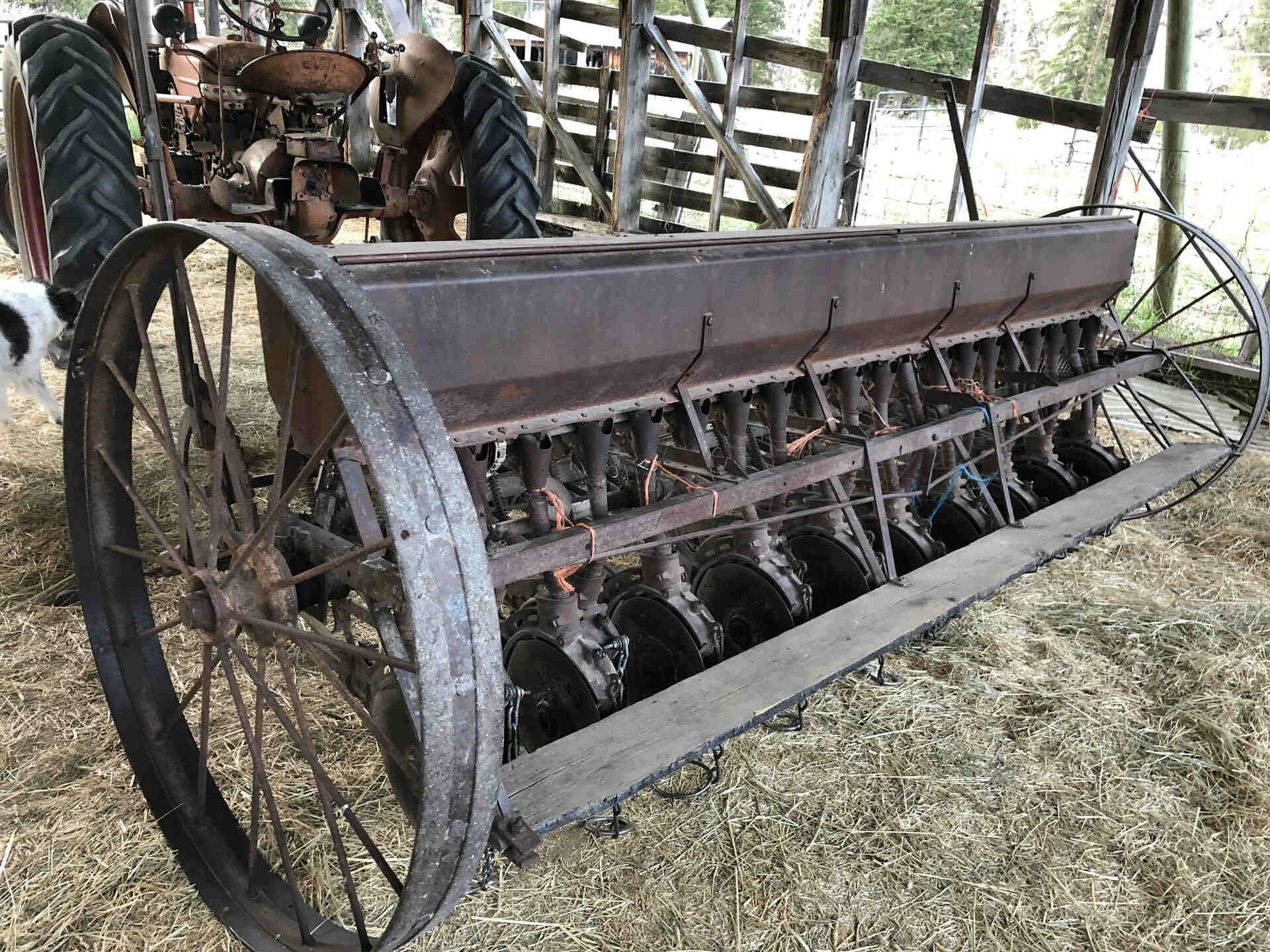





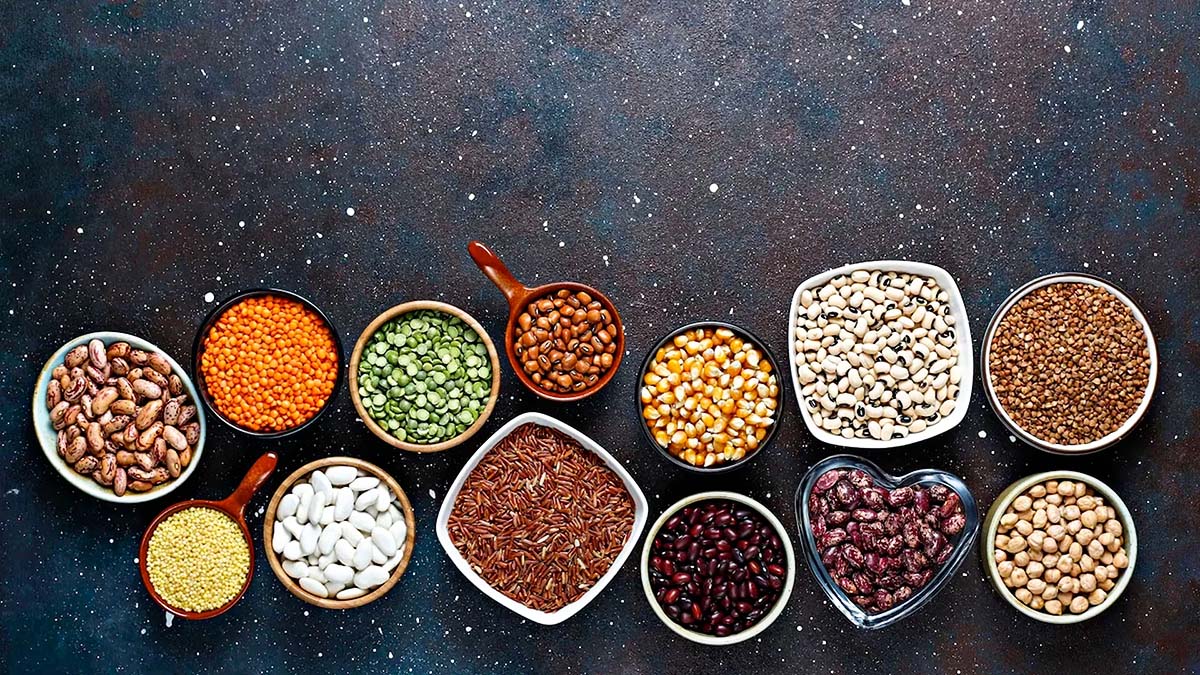



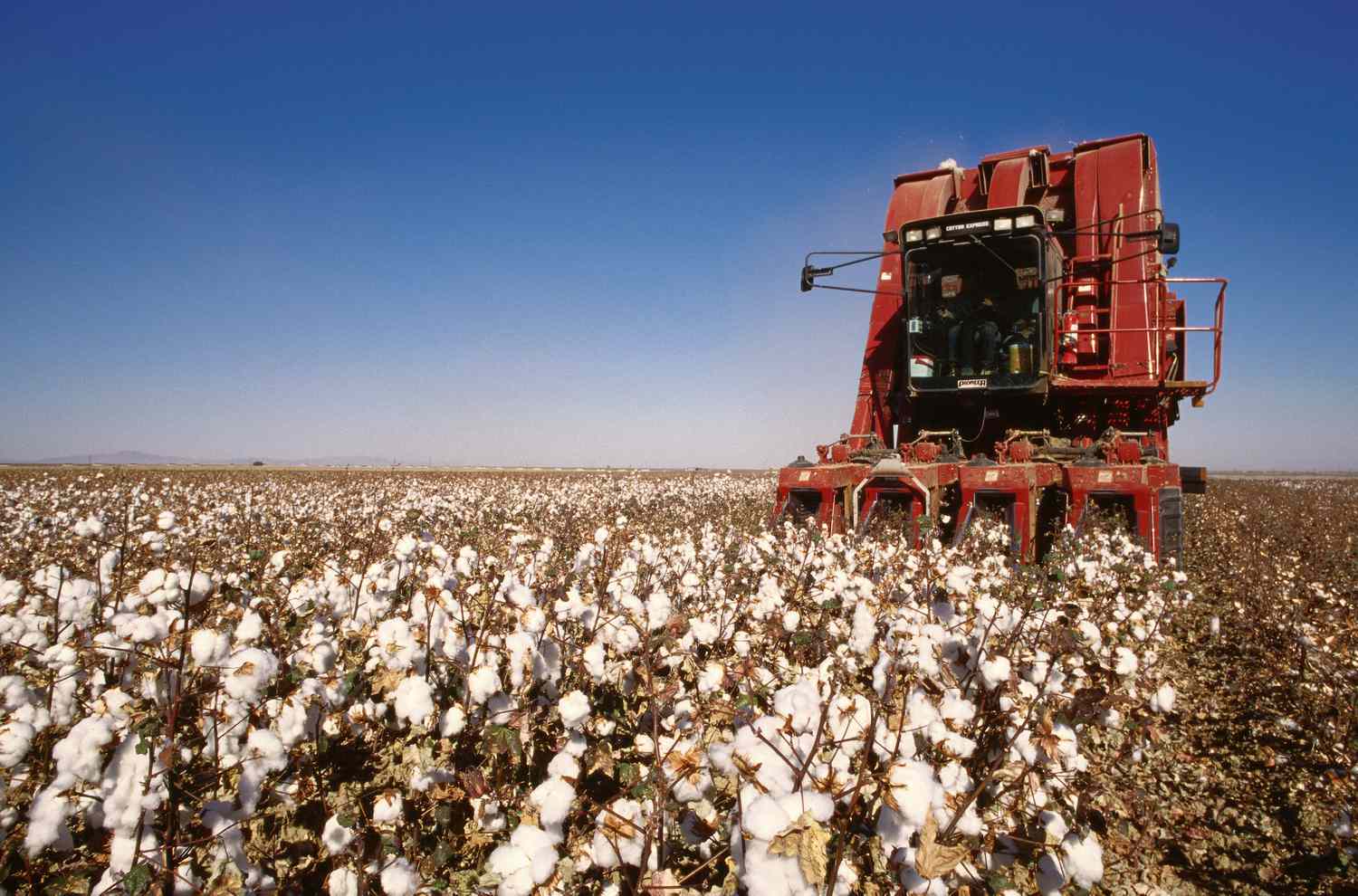


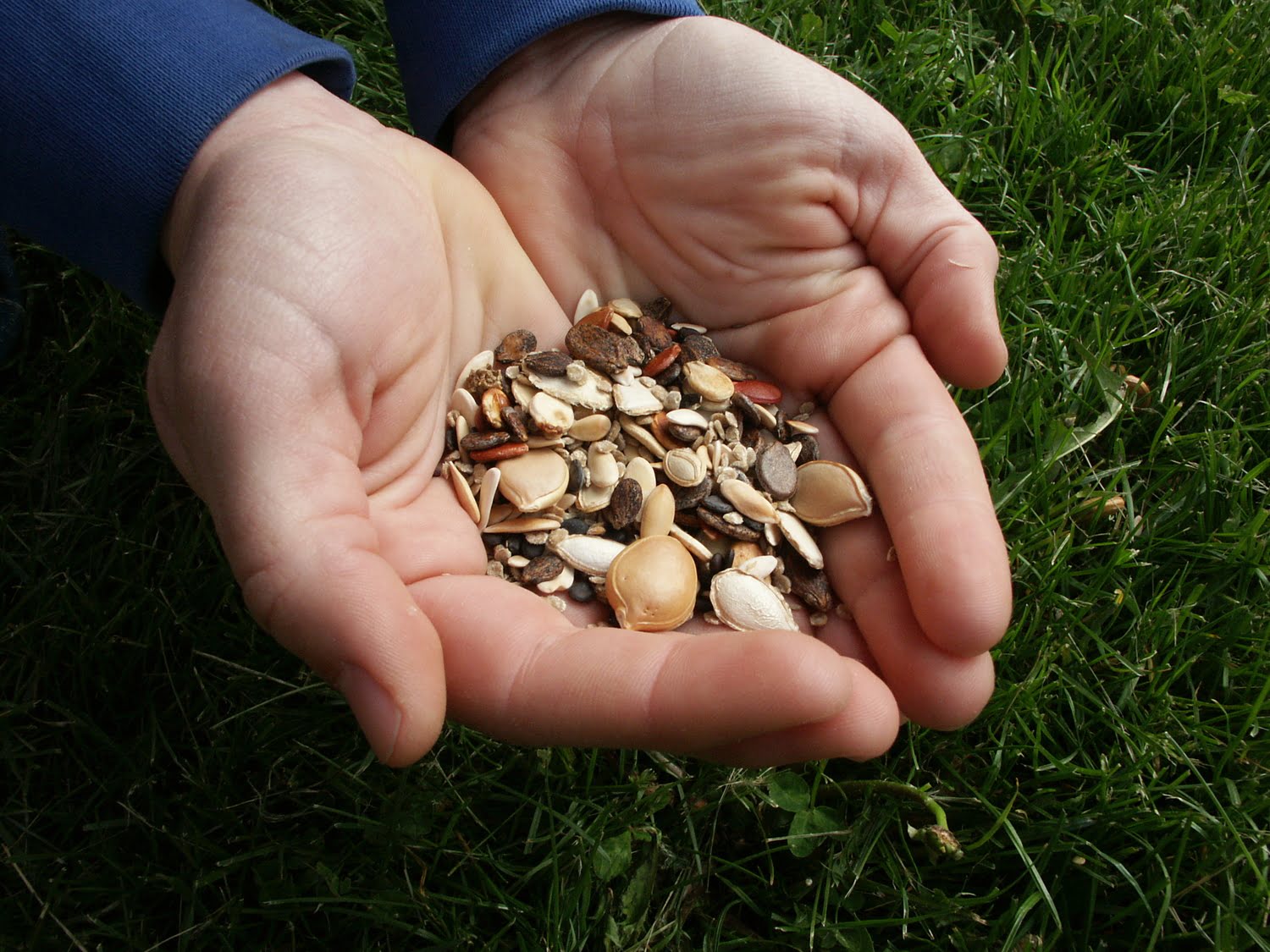

0 thoughts on “Where Were Hybrid Seeds Invented”